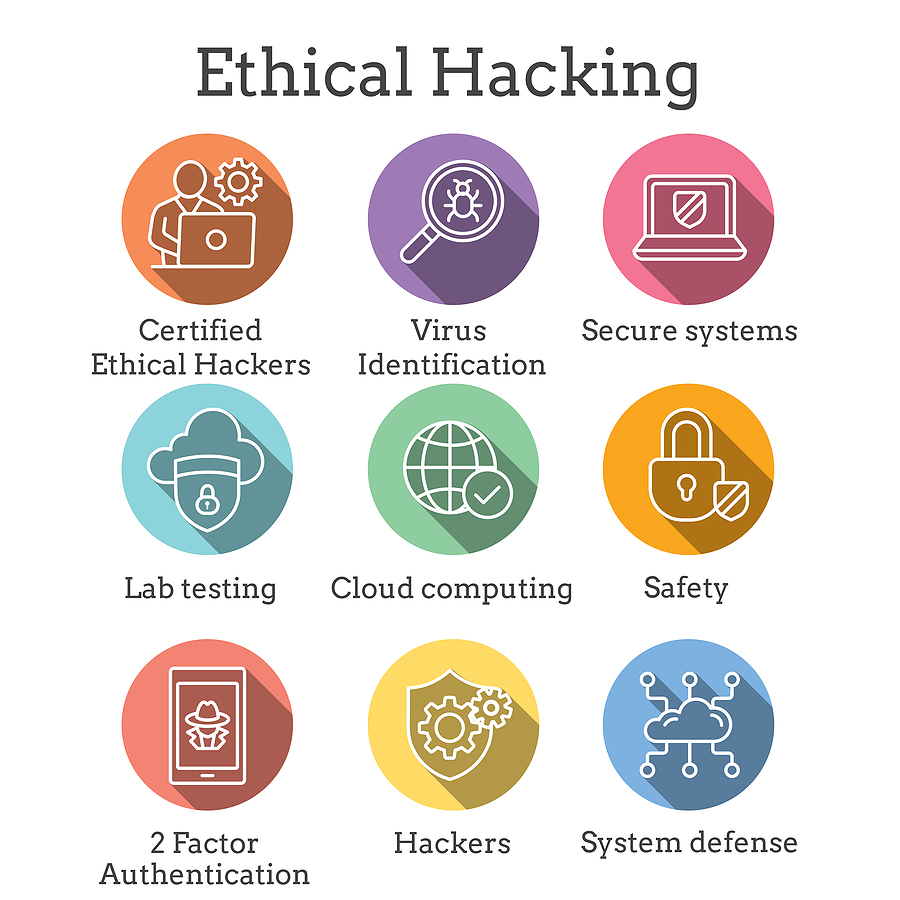When you have a Certified Scrum Master (CSM) certification, you can expand your career opportunities. As agile continues to spread in organizations all across the world, the demand for certified professionals also increases. With the CSM certification, you will be starting a long journey that allows you to engage with Scrum practitioners from all over the world. You will be sharing practices, solving common issues, and promoting continuous improvement and Agile values.
There is a wide range of Scrum certification courses available that provide and instructions and certify your aptitude in Scrum, a framework and agile methodology used to manage complex projects. Several companies provide Scrum certification programs, with some of them being more accepted and recognized in the Agile world. One such certification is the CSM certification that is provided by the Scrum Alliance. It is definitely the most reputed Scrum Master certification in the world.
When you have a strong interest and a true belief in the Agile philosophy, it will surely help you in getting the required knowledge, practicing efficiently, and standing apart from other Agile practitioners. Passing the CSM certification required you to attend the two-day training program during which you will learn the fundamentals of the methodology.
What are the responsibilities of a Scrum Master?
When you have the CSM certification, you will be expected to promote the Agile mindset and lead the implementation of Scrum for improving the overall performance of the team. Here are the things that you will be responsible for and will learn during your CSM certification course:
- Teaching the principles and values of Agile and ensuring that the Scrum team understands and adapts them. If possible or relevant, you might have to teach the entire organization about the framework.
- Implementing the framework so that it fits the requirements of the Scrum team.
- Observing, listening, and reflecting on how the team is reacting to the changes and adapting the elements of Scrum accordingly.
- Protecting the members of the team from any internal or external troubles and interferences that might make them lose focus from their work.
- Identifying, anticipating, and removing all impediments along with coaching the members of the team on how to solve these situations all by themselves.
- Helping the Product Owner in managing the product backlog in order to reduce the time-to-market. Each increment will bring value to the customers.
- Being the servant leader.
What will you learn during the CSM certification course?
The learning objectives of the CSM certification course have been designed in a way to help you understand the concepts and terminologies of Scrum and Agile. Make sure that the certification program you join follows the core learning objectives of the CSM certification as laid down by the Scrum Alliance. This will ensure that after completing the course, you are ready to implement the methodology in the real world. Here are the learning objectives of the CSM certification course:
Lean, Agile, and Scrum
During the CSM certification course, the first objective will be teaching you about Lean thinking. You will learn about the changes and roots of the Lean methodology and the Kaizen method. It will help you in learning how the seven lean manufacturing waste and seven product development wastes are related. Also, you will also understand the relation between the Agile Engineering practices and Lean practices.
Agile Facilitation
A facilitator is responsible for collaborations and conducting meetings in the organization. During the CSM training, you will learn how to perform agile meetings that provide better results. This includes learning open discussion alternatives such as written ideas, group discussions, a dialogue in pairs, and others. Each of them has its own set of benefits. The course will also cover the hands-on practice of some of the alternatives. You will learn how to play the role of a facilitator and enhance the outcome of these benefits.
Agile Coaching
An Agile coach has to teach the team members the Agile methodology’s concepts along with overseeing the development of Agile teams. During the training, you will be learning the fundamentals of Agile coaching and coaching assumptions, and the structure of a coaching agreement. You will also be taught the basic psychological concepts involved with understanding and transforming the behaviour of an individual.
Service to the Development Team
This objective is aimed to teach you how to build an Agile development team and how to accelerate and motivate the team members. It has the following learning categories:
- Team Dynamics – This includes learning models such as Team Performance Curve and Tuckman Model for the growth and development of the Agile team.
- Team Effectiveness – You will be learning the different techniques like healthy conflict management and trust-building for addressing the disruption between the team members. This also involves defining why Agile is more effective than traditional methods.
- Software Craftsmanship – It involves enhancing the talent of the members of the Agile team.
- Coaching the team – You will be learning how to set up a module for coaching the development team. This involves legalities to enforce, setting up goals, and executing them successfully.
Service to the Product Owner
The aim of this learning objective is to facilitate knowledge and information between the stakeholders and Product Owners. The latter is responsible for defining the product’s vision and the features it should offer. The training will teach you how you can move the information from the vision of the product owner into a workable product that the development team will create.
Service to the Organization
This learning objective will cover the following:
- Organizational Development – This includes defining the complex nature of the systems such as the high level of disagreement and uncertainty, the cause-and-effect of a situation that is visible only when the event has occurred, and others. You will be learning how you can help your company by improving its Scrum processes, addressing dysfunctions in the company, and facilitating change and growth.
- Scaling – This includes learning how to enforce collaboration successfully between the different Scrum team
Scrum Mastery
This learning objective involves reviewing different values of Scrum that you have learned and discussing the different ways of implementing Scrum effectively in the organization.
It is clear that CSM training will help you understand the concepts of Scrum and the scope of the Scrum Master role. Moreover, the certification will also be proof of your knowledge and expertise.
Image Source: BigStock.com (Licensed)
Related Categories: Work, Reviews








